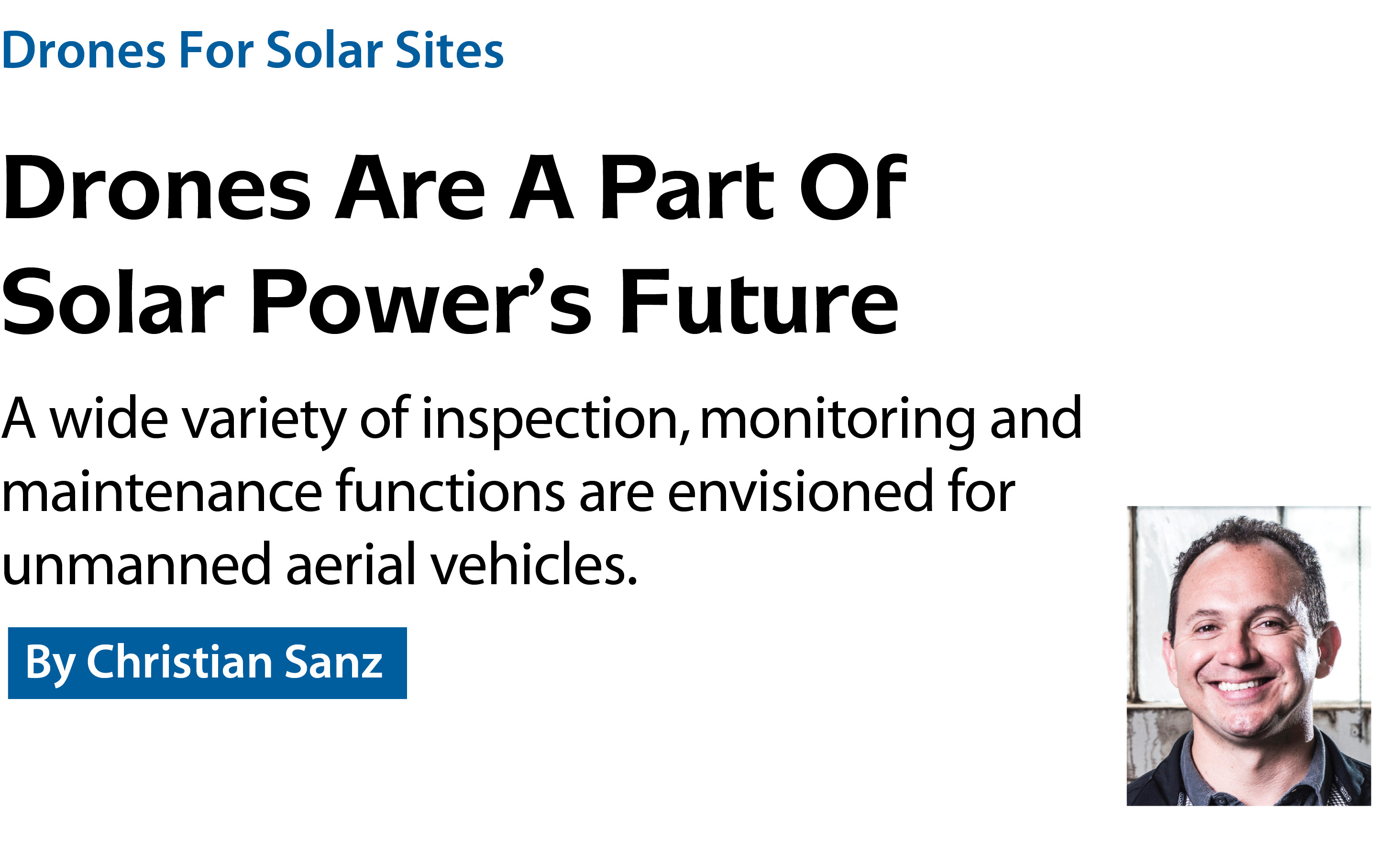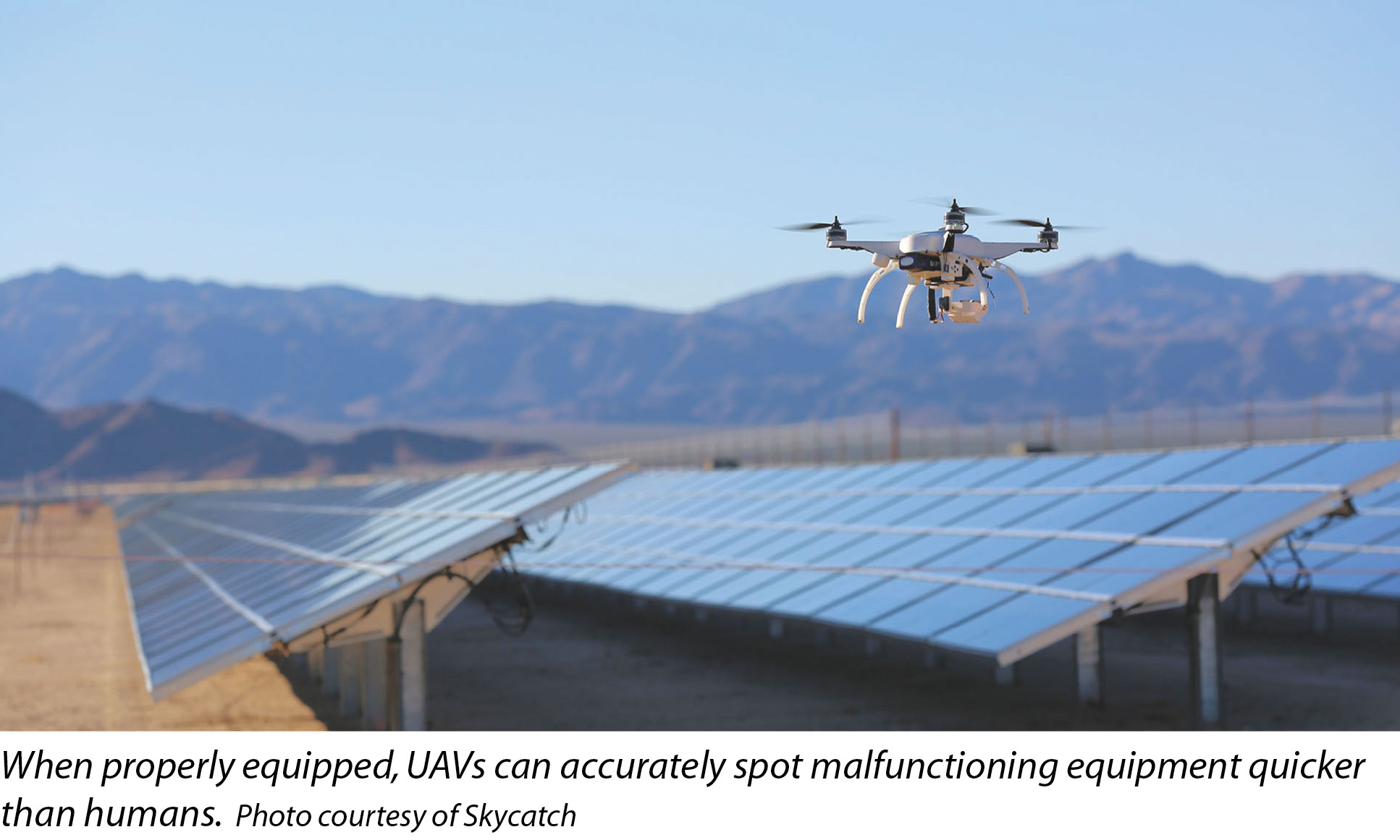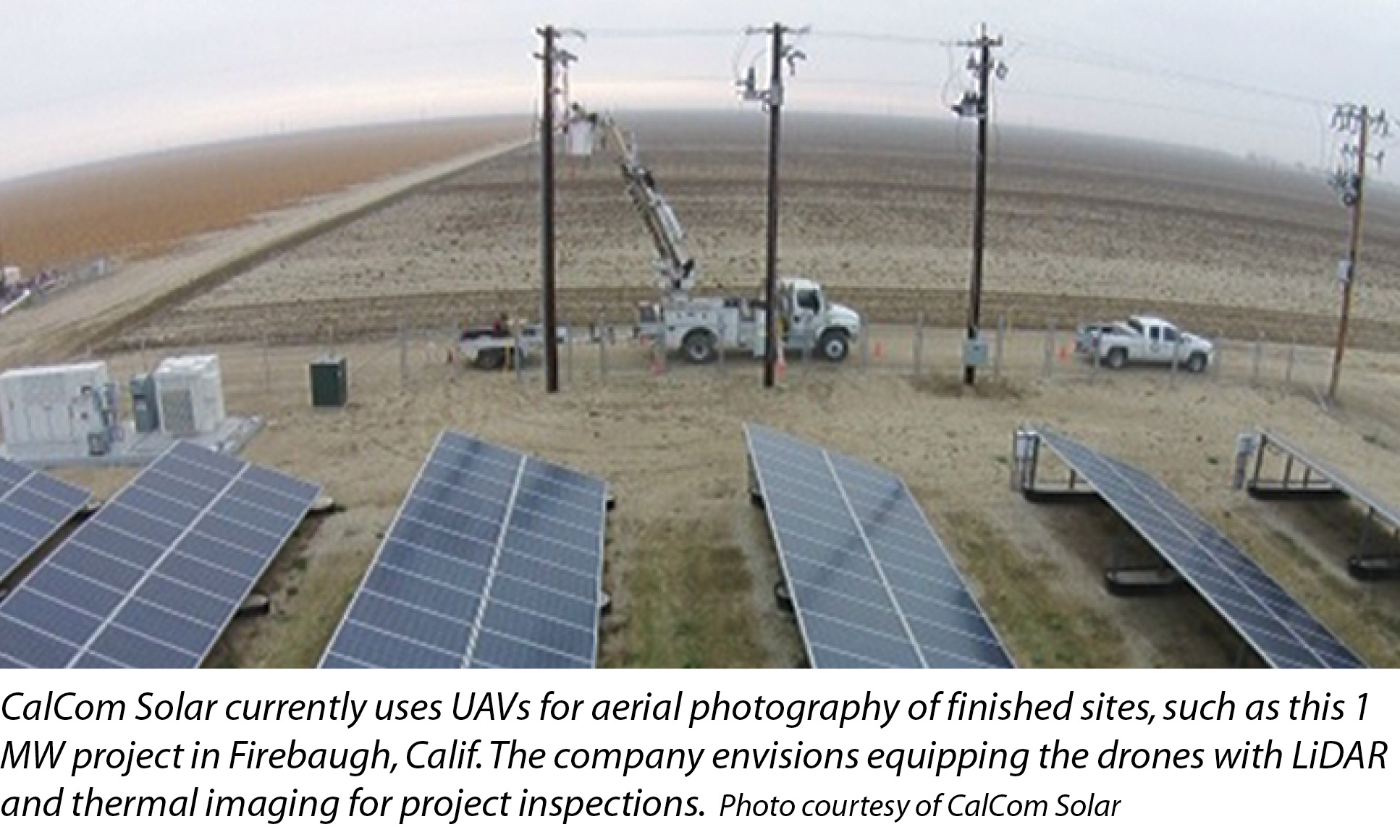

301 Moved Permanently
With more than 9 million panels, the Topaz Solar Farm near San Luis Obispo, Calif., covers close to 10 square miles. Collectively, its 9 million solar panels can power 160,000 U.S. homes, and there are many other farms like it.
Solar farms of this scale require enormous amounts of resources - for both construction and management. The bigger a facility gets, the more complex it is to maintain and manage. To top it off, many of these projects are situated in the middle of nowhere. Zoom out from the Topaz Farm on Google Maps, and it will take some time for signs of civilization to appear.
Given these facilities’ scales and isolation, it is tedious and costly to maintain them with human personnel. Detecting broken panels, for instance, requires a team of engineers to constantly inspect these arrays. With the larger farms, this task is so great that it is scarcely possible.
Solar panels are supposed to last between 20 and 25 years, but their yield degrades over time, and eventually, they must be replaced. Research from the U.S. National Renewable Energy Laboratory suggests that this rate of decline has often been overstated, but there is increasing evidence of panel underperformance. In Europe, the German solar monitoring firm Meteocontrol reviewed 30,000 installations and discovered that 80% were underperforming.
Considering the harsh environmental conditions faced by many farms and the logistical difficulties of panel inspection, it’s clear that facility maintenance is a constant challenge for solar operations. Unmanned aerial vehicles (UAVs) - commonly known as drones - can help provide quick, effortless and cost-effective monitoring and maintenance for even the largest of solar farms.
Eye in the sky
When properly equipped, UAVs can accurately spot malfunctioning equipment quicker than humans - and, they can do so without placing lives at risk. These days, it is a common practice for companies to hire people to manually check panels, but with many arrays covering vast areas of desert, safety is a major concern. Dehydration, heatstroke and traumatic injury threaten panel inspectors - but not drones.
Fitted with an infrared thermal-imaging camera, a drone can sweep across a solar array at a speed of up to 50 miles per hour and locate malfunctioning panels, which generate a specific heat signal. For a human outfitted with a hand-held device, the inspection of millions of panels could take days or weeks, but drones can accurately pinpoint problems in a fraction of this time, allowing for daily reports on an entire facility. Though a broken panel might have, at one time, eluded discovery for some days or weeks, drone technology can now drive new efficiency.
Many of these drones are designed to operate autonomously, as well. With its mission finished, the drone returns to its ground station, guided by its camera, GPS and a sonar sensor. Functioning similarly to an airport control tower, a base station then helps the drone land in its 2-foot-by-2-foot box, where a robotic arm removes a pack containing a battery and 15 gigabytes of storage and replaces it with a fresh one. The station then beams all of the data gathered from the used one to the cloud.
With the right system in place, once malfunctioning panels have been identified, drones can streamline the entire maintenance process, saving solar farm operators a great deal of time, stress and money.

A lighter touch
For the solar industry, the applications of drone technology stretch beyond simple maintenance. When equipped correctly, these unmanned aircraft can also support panel efficiency. With many of the best sites for solar farms found in locations such as the Mojave Desert, dust is a serious problem.
Experts once thought hydrophobic, self-cleaning panels would be the future of solar energy. Though such technology now exists, it is not capable of dealing with fine layers of dust and grime. Some companies have turned to robots as a possible solution. These earthbound robots, however, are not an ideal solution: These require human transport to noncontiguous rows of panels, and this makes the process cumbersome, slow and labor intensive.
One drone-based cleaning technology, developed in Germany, is far more efficient. Armed with small brushes, this drone can fly back and forth over a panel, sweeping dust from its surface and helping the panel generate as much as 35% more power. Because only the brushes touch the surface of the panels, these drones have a far more delicate touch than a robot does with its wheels and suction cups, and this means less of a risk of damaging costly equipment.
This waterless method of cleaning is less expensive and hugely advantageous, given California’s recent history of drought. In Chile, where the cost of transporting water is huge, drones can help maintain solar technology at a fraction of the cost.
With water scarcity forecast by some sources to increase drastically over the next 15 years, it is essential for industries to be more efficient in their water usage and find waterless solutions whenever possible. Drones aren’t just saving money for solar farm operators - they are helping to lessen the environmental impact that such farms can have.
One of the greatest environmental concerns about solar farms is their impact on local wildlife. Several multibillion-dollar projects in California have faced major setbacks because of potential harm to the threatened desert tortoise. Other projects have been sunk completely. With millions of dollars of sensitive equipment exposed, solar operators also want to keep animals far from their farms.
Properly addressing wildlife concerns is expensive, often costing a single farm millions of dollars in surveying costs - in addition to the high price of relocating wildlife and monitoring the health of displaced animals for years thereafter. Within four months of opening, the Ivanpah solar plant in California faced huge public scrutiny after it was found that about 233 birds had been incinerated there.
Drones might not be able to prevent these birds from flying headfirst into 800° F concentrated sunlight, but they can help companies meet environmental requirements. If an endangered or threatened bird dies on a solar farm, for instance, federal law mandates that the organization must notify the U.S. Fish and Wildlife Service before disposing of or transporting the animal. Without drones, humans must walk around the facilities and survey areas for dead birds or other endangered animals. With UAVs, however, such surveys can be performed quickly and efficiently.
A high-speed drone flying close to the ground can spot endangered species that might shut down a project before countless dollars are spent on land surveys and assessments. This could prove to be of immense value to developers, who are given only a small window of time and a certain amount of space to build new farms.
Drone-assisted development could soon yield a vital truce between environmental conservationists and renewable energy pioneers.

Getting a hand up
Although many businesses can profit from using drones during farm construction, huge savings are possible in solar farm management. As with so many industries, timely and accurate data are essential to progress. Drones are a much cheaper, safer and more efficient solution to deliver such data than are current methods.
How great the benefits are depends on how much is spent on human labor and how often surveys are conducted. At a very small farm, it is possible for a few people to perform checks on a continuous basis, but even at these farms, drones can make life safer and easier.
The greatest benefits of UAV technology, however, are for large farms. A human can walk only so many rows of panels per day and collect data, but a UAV can conduct an almost unlimited number of flight surveys with far greater accuracy.
Drones can push the capabilities of solar farms further. In the future, UAVs will become an essential tool for solar farms. They won’t be worked into budgets after the fact, but instead will be built into the business model. Every month, managers will receive reports of the panels that have been inspected and replaced, resulting cost savings, and number of wildlife deaths spotted on the farm. Eventually, their cost-related concerns of replacing and cleaning panels on a weekly or monthly basis will be a thing of the past.
Drones may have started as a military technology, but their applications beyond the battlefield are revolutionizing a whole host of industries and fields, from mining and building inspection to map making, conservation and humanitarian crisis response. Solar farm operators should embrace this technology, as well. R
Drones For Solar Sites
Drones Are A Part Of Solar Power’s Future
By Christian Sanz
A wide variety of inspection, monitoring and maintenance functions are envisioned for unmanned aerial vehicles.
si body si body i si body bi si body b
si depbio
- si bullets
si sh
si subhead
pullquote
si first graph
si sh no rule
si last graph